Let’s be real: we all want our homes to look like they belong in an Architectural Digest spread, but with about 1% of the budget and none of the stress. The good news? You don’t need a trust fund or a demolition crew to seriously level up your space.
With just a few clever tweaks (and maybe a little rearranging that’ll make your back regret it later), you can completely transform the vibe of any room. So grab a cup of coffee—or wine, we don’t judge—and let’s dive into 10 no-fail design tips to elevate your space like a pro.
1. Start by Decluttering Like You’re Moving Out
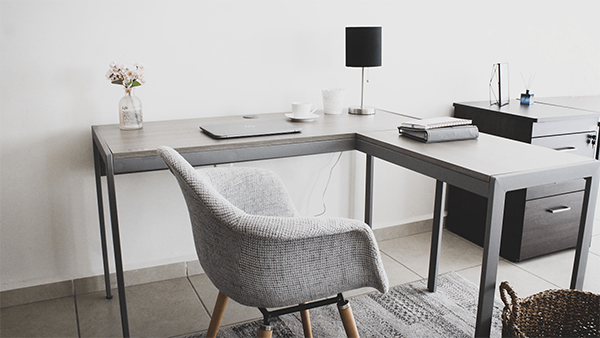
Before you channel your inner HGTV star, you’ve gotta clear the stage. That random pile of mail? The half-dead plant you swear is just “dormant”? Yeah, those have got to go. You can’t elevate a space that’s drowning in chaos. Start with visible surfaces like countertops and coffee tables, then move to hidden storage areas. Keep only what you use or love.
Quick Tip:
Pretend judgmental in-laws are coming over. Works every time.
2. Master the Art of Layered Lighting
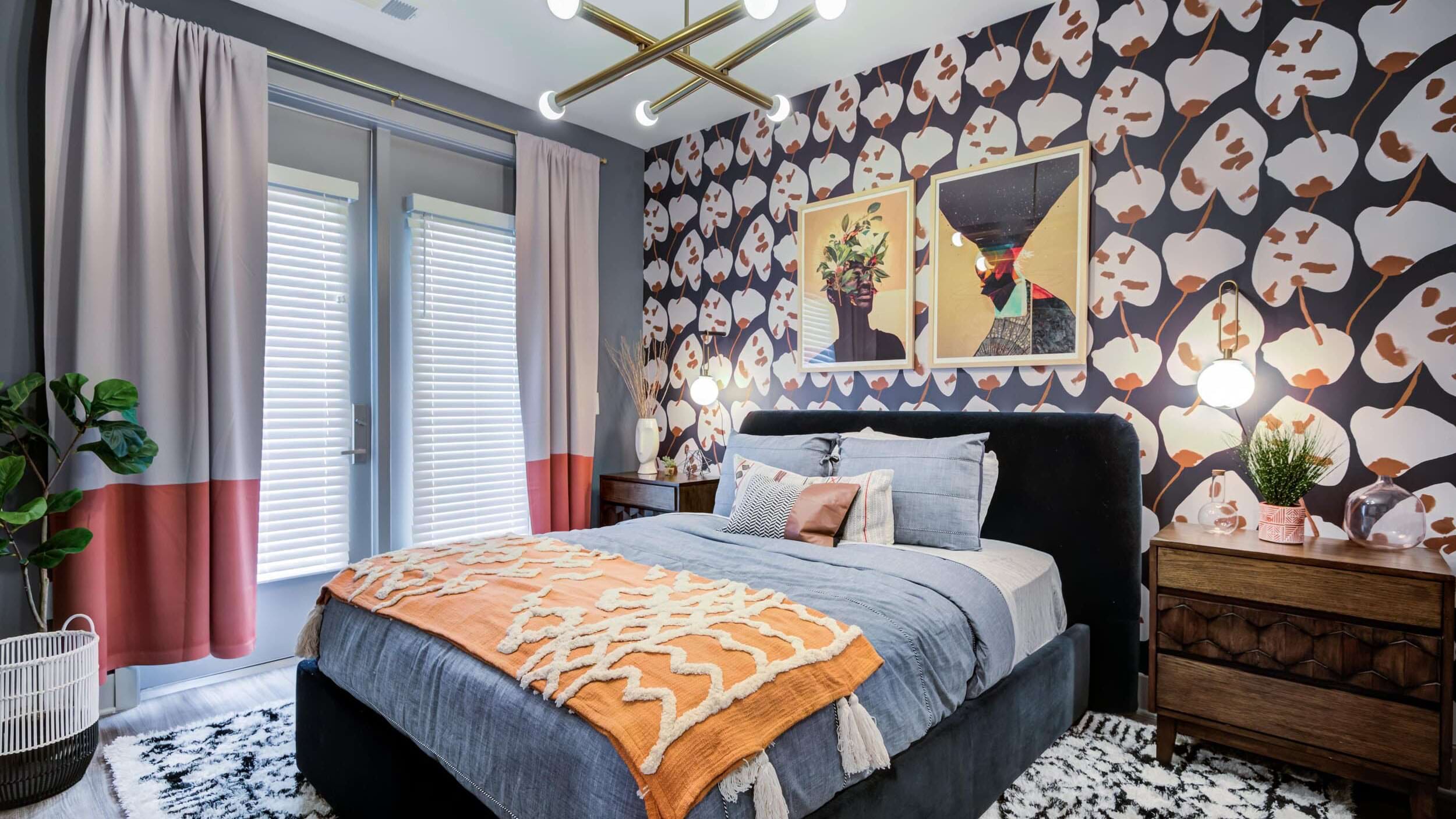 From @hudsonandcrane on Instagram
From @hudsonandcrane on Instagram
Overhead lighting is like harsh criticism—technically functional, but kind of rude. Great lighting changes everything. Layer your ambient (ceiling), task (lamps), and accent (aka, “look how cozy I am”) lighting for instant designer vibes.
Easy Upgrades:
- Add dimmers to existing lights.
- Use a floor lamp to brighten a dark corner.
- Install plug-in sconces for mood lighting without needing hardwiring.
- Add under-cabinet lights in the kitchen or LED strips behind a headboard for a modern glow.
3. Give the Room a Main Character Moment
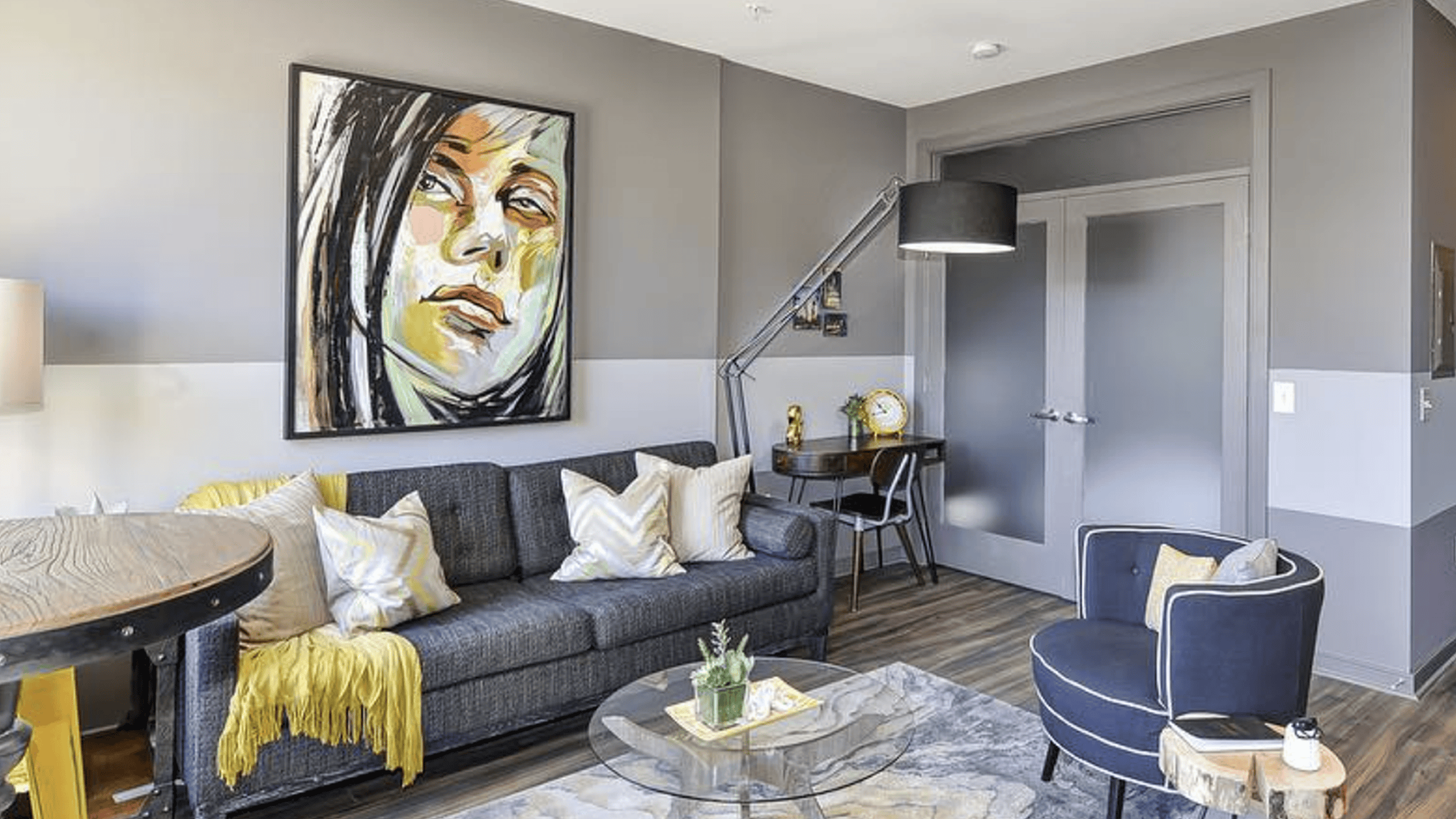 From @hudsonandcrane on Instagram
From @hudsonandcrane on Instagram
Every room needs a star. Maybe it’s a fireplace, an oversized art piece, or a ridiculously cool light fixture you found on sale and now refer to as “The Chandelier.” Without a focal point, your room is just a collection of furniture awkwardly existing together like strangers in an elevator.
Easy Fix:
No natural focal point? Create one. Gallery wall, bold paint, or a massive mirror all create instant main character energy.
4. Use the Rule of Three (Because Math Is Cool When It’s Pretty)
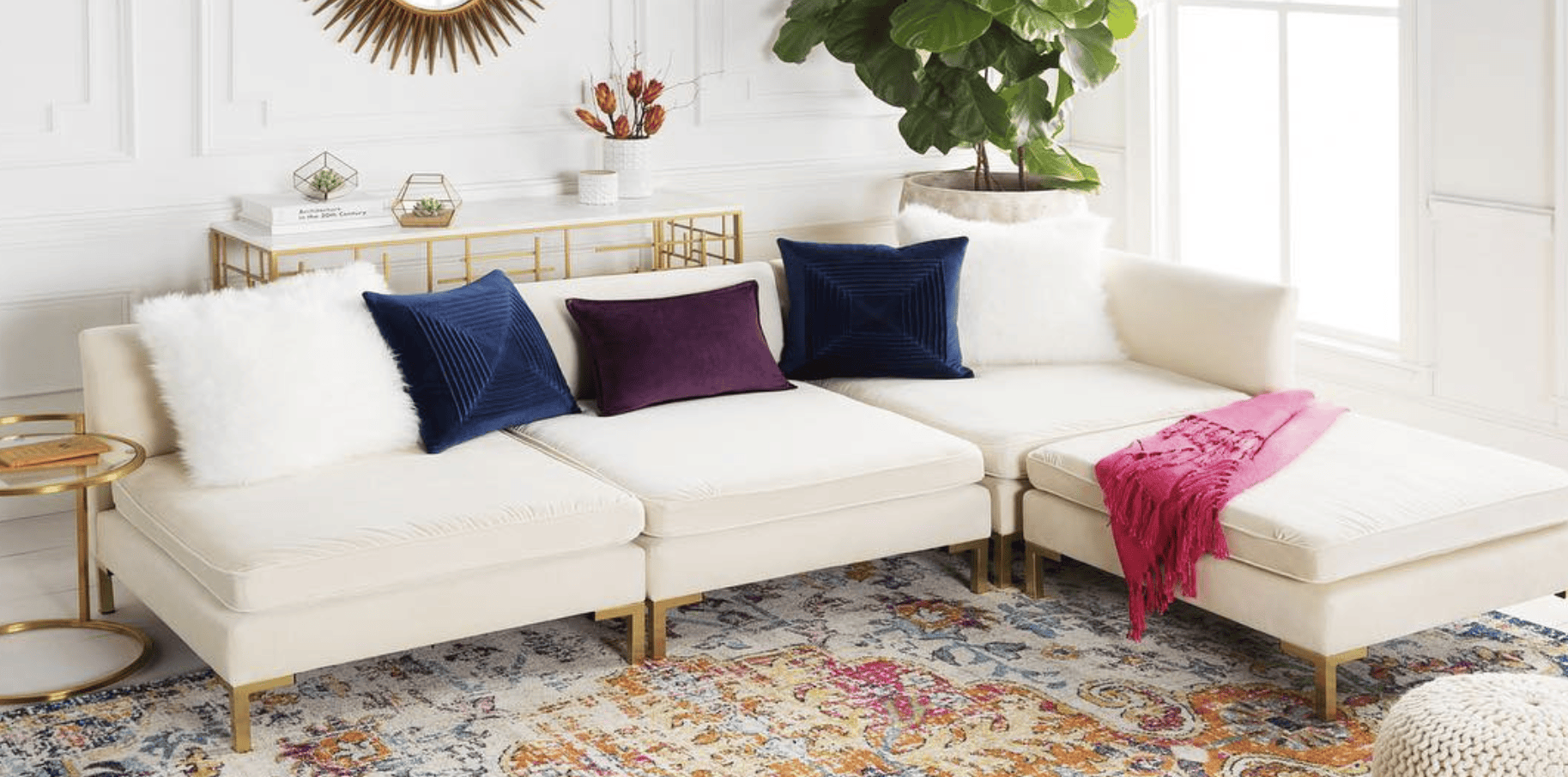 From the Hudson & Crane Design Gallery
From the Hudson & Crane Design Gallery
Designers love odd numbers. It’s science… or at least aesthetic witchcraft. Group three items of varying heights, shapes, and textures to create a dynamic look that feels curated rather than cluttered. This works for styling shelves, coffee tables, mantels, and more.
Example:
On a coffee table, try a stack of books, a small plant, and a candle. It’s balanced, pleasing, and effortlessly chic.
5. Mix Textures Like a Pro (Or Like a Fancy Pinterest Board)
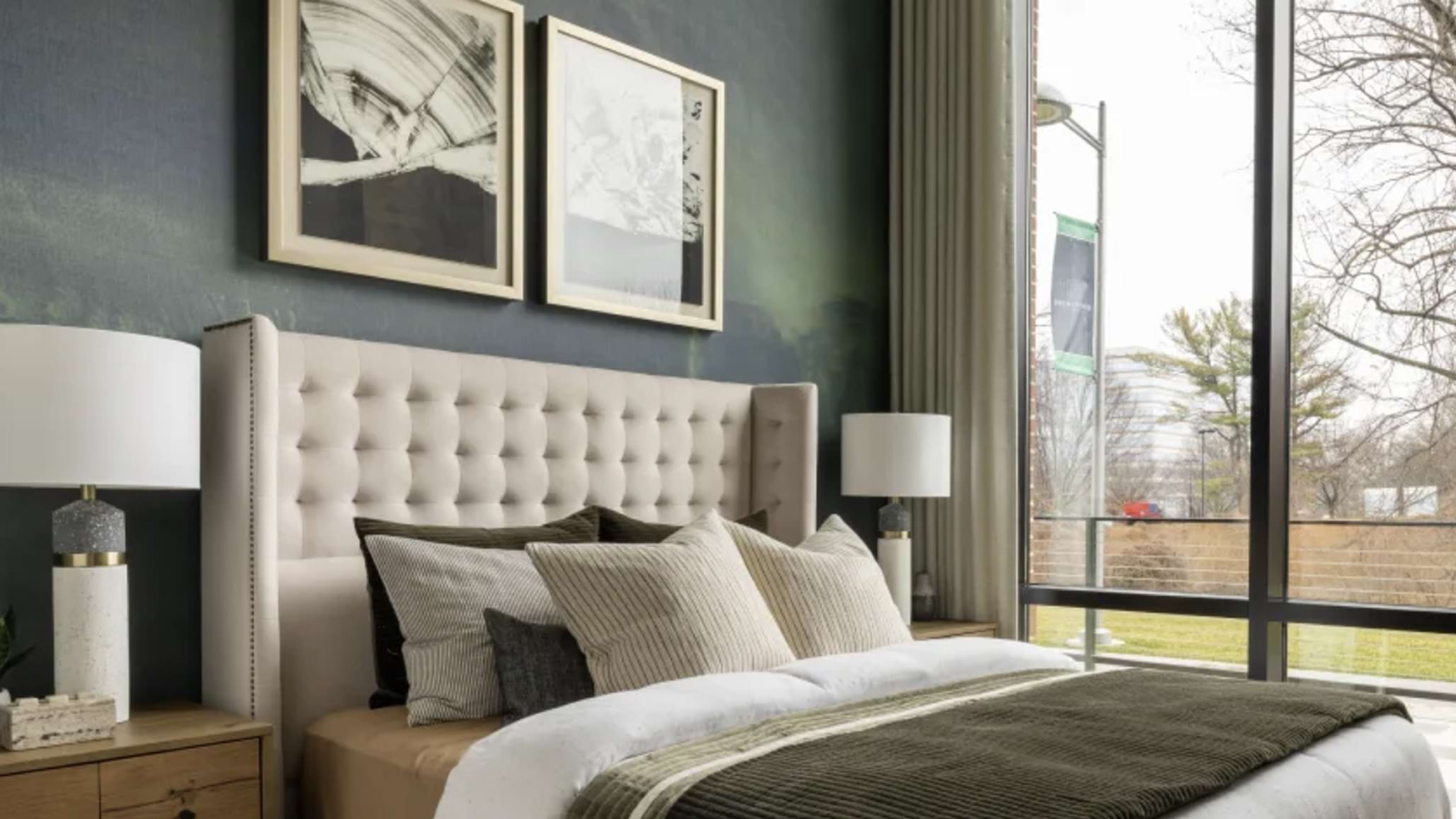 From the Hudson & Crane Design Gallery
From the Hudson & Crane Design Gallery
A room without texture is like a salad without dressing. Technically fine, but kind of sad and dry. Think: a velvet pillow on a leather sofa, a jute rug under a sleek coffee table, or linen curtains next to smooth plaster walls
Designer Trick:
Stick to a consistent color palette, then go wild with texture by mixing rugs, pillows, throws, upholstery and drapes.
It’s like wearing all black but mixing leather, knit, and silk. Chic. Confident. Unbothered.
6. Swap the Hardware, Change Your Life (Kind Of)
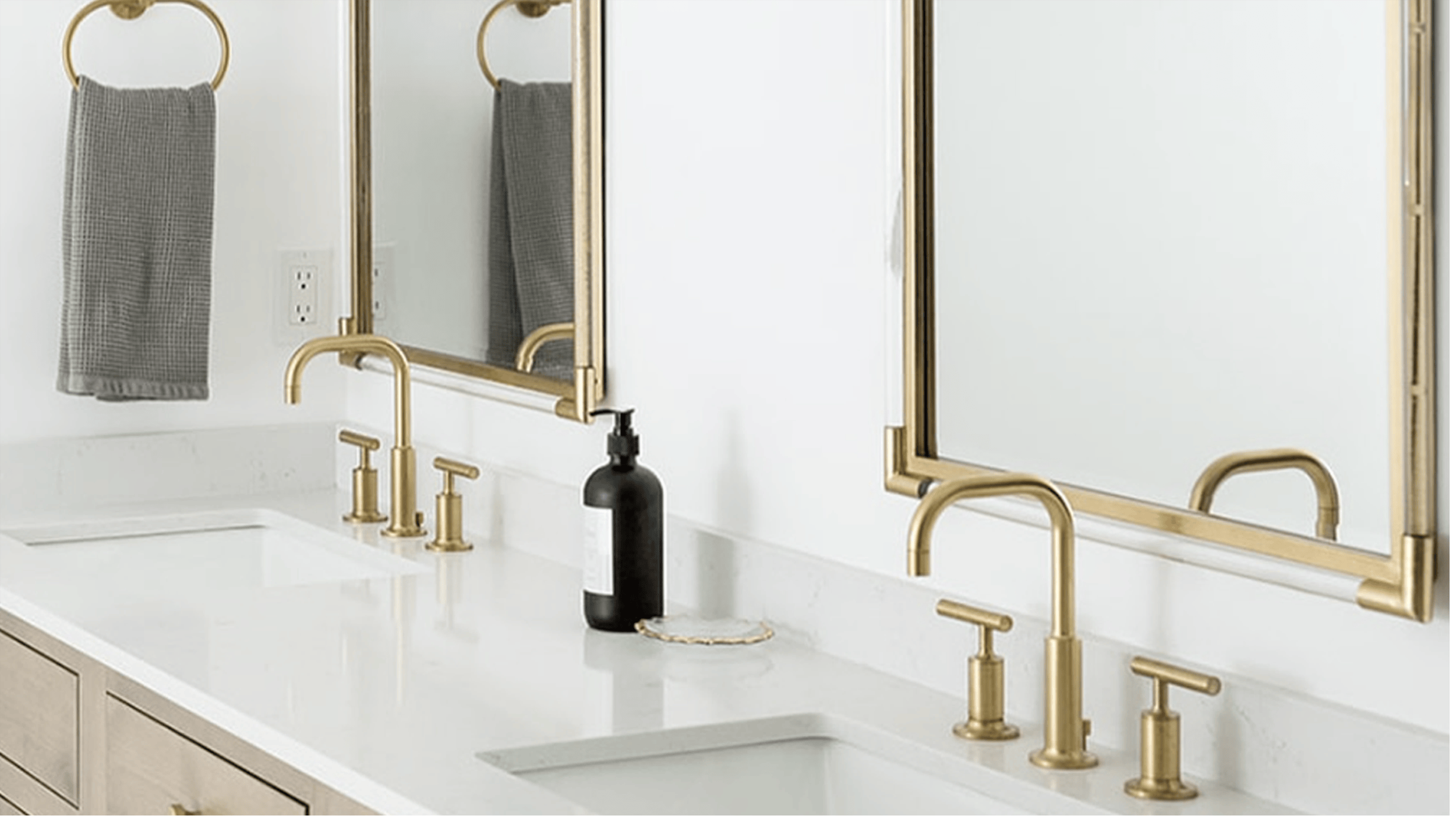 From @GinaBaran on Instagram
From @GinaBaran on Instagram
Upgrading your cabinet knobs is like giving your kitchen or bathroom a new outfit. You don’t usually even need tools beyond a screwdriver.
Go-To Picks:
- Matte black or aged brass handles
- Leather drawer pulls
- Stone or ceramic knobs for a touch of artisanal style
7. Float Your Furniture—Don’t Shove It Against the Wall Like It’s Being Punished
 From @gracebectondesign on Instagram
From @gracebectondesign on Instagram
This is one of those “once you see it, you can’t unsee it” things. Floating your furniture (aka pulling it away from the wall just a bit) creates intimacy. Pushing all your furniture up against the walls can make a room feel disconnected or sparse. This easy change can give your room a more intentional, designed feel.
Hot Tip:
Use a rug to anchor the layout. It’s like giving your furniture a dance floor. Just make sure at least the front legs of major pieces are on the rug to unify the space.
8. Go Big or Go Home (Wait, You Are Home)
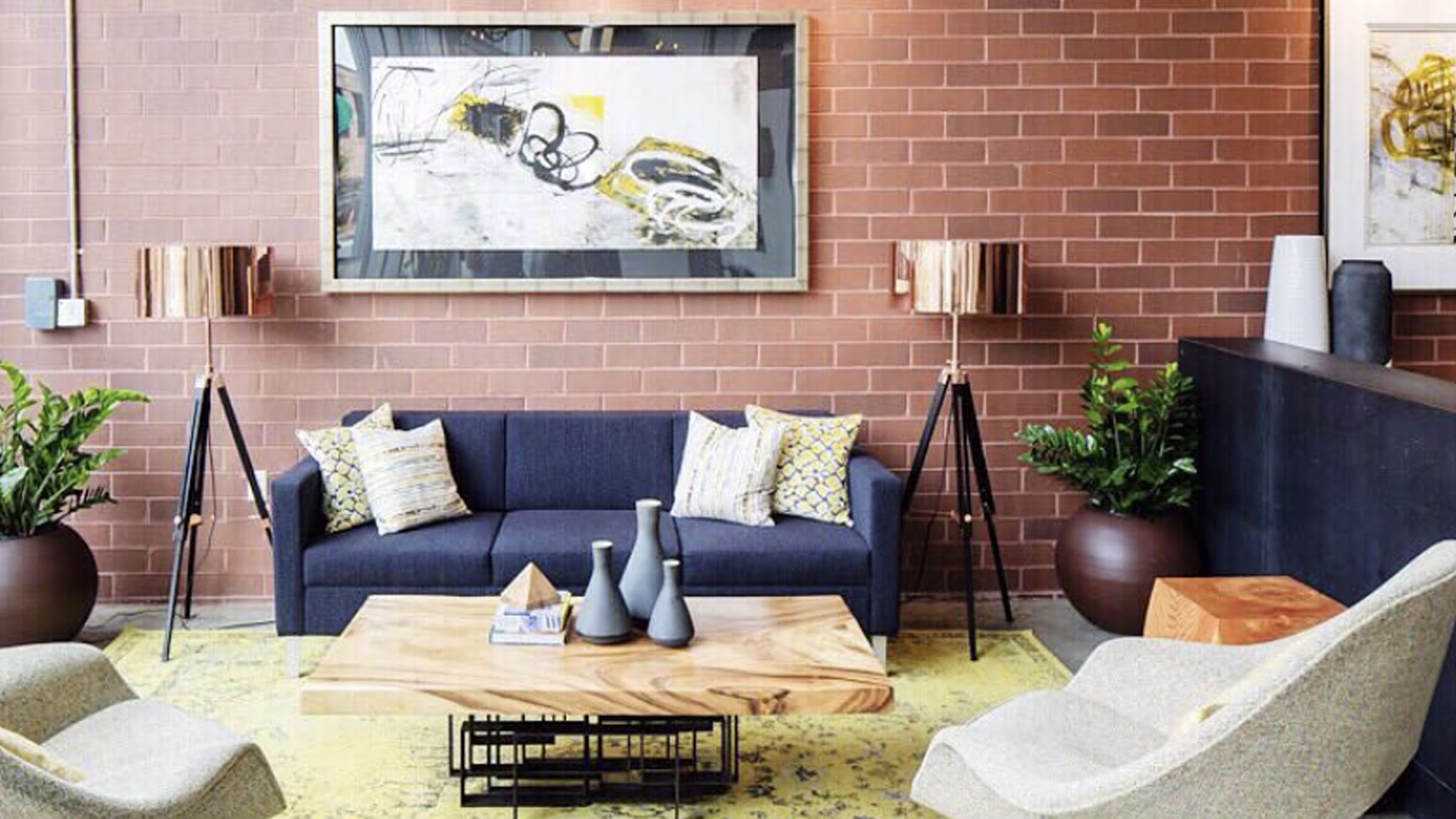 From @hudsonandcrane on Instagram
From @hudsonandcrane on Instagram
One mistake people often make is choosing pieces that are too small. Don’t be afraid to go bold with scale. A large piece of art, an oversized plant, or a statement light fixture can make a space feel luxurious and well-styled.
Easy swaps:
Instead of a million small frames, go for one giant art piece or a large mirror to expand a space visually. Bonus: fewer nail holes to regret later.
9. Add a Plant, or at Least a Really Convincing Fake One
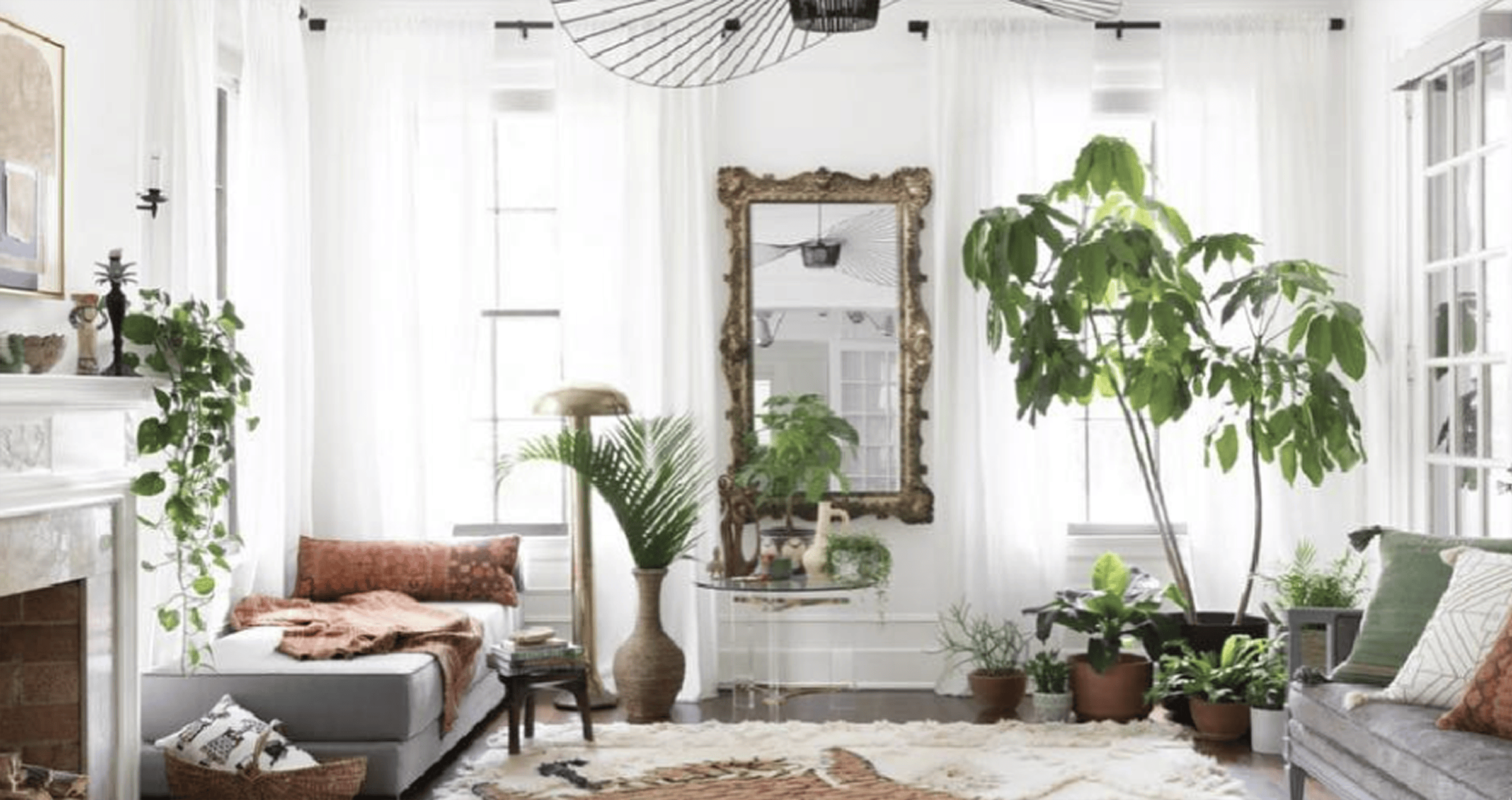 From @hudsonandcrane on Instagram
From @hudsonandcrane on Instagram
Plants are the design equivalent of hot sauce—they make everything better. They bring life, color, and a slight “I have my life together” energy. Even one well-placed plant can make a room feel more inviting and complete.
Low-Maintenance Favorites:
- Snake plant (indestructible)
- Pothos (thrives on neglect)
- Faux fiddle leaf fig (because it never dies)
10. Make It Personal (But Not in a Weird Way)
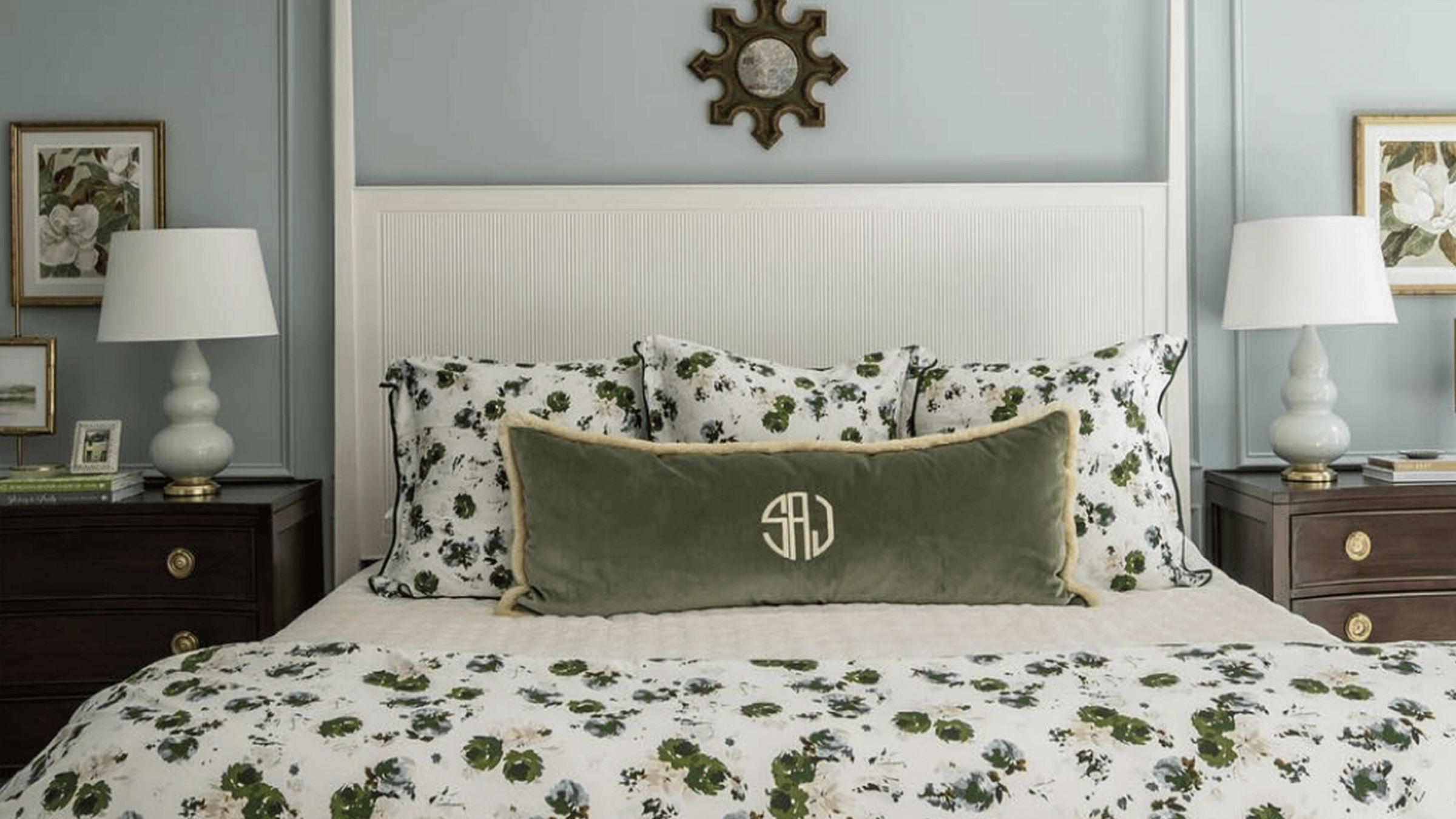 From @ferrellsessionsdesigns on Instagram
From @ferrellsessionsdesigns on Instagram
Finally, add personality. Your space should feel like you. Incorporate pieces that mean something and tell a story—travel finds, a framed recipe from grandma, or a stack of books you love. These small touches make a space feel layered and authentic.
Final Thought
Don’t decorate a showroom. Curate a space that feels like you live there… because, well, you do. A tray, shelf, or console table can act as a small gallery of personal treasures.
You don’t need a huge budget or a degree in design to make your home look amazing. All it takes is a little thought, a bit of rearranging, and the courage to try something new. Whether you’re staging a home, making over your rental, or just tired of staring at the same beige box, these tips will give your space the refresh it deserves—with no demolition or divorce necessary.
Ready to make your space shine? Try one tip, or try them all. Either way, your room (and your inner interior designer) will thank you.
Hudson & Crane is an interior designer in Washington, D.C. serving residential clients in D.C., Maryland, and Northern Virginia.